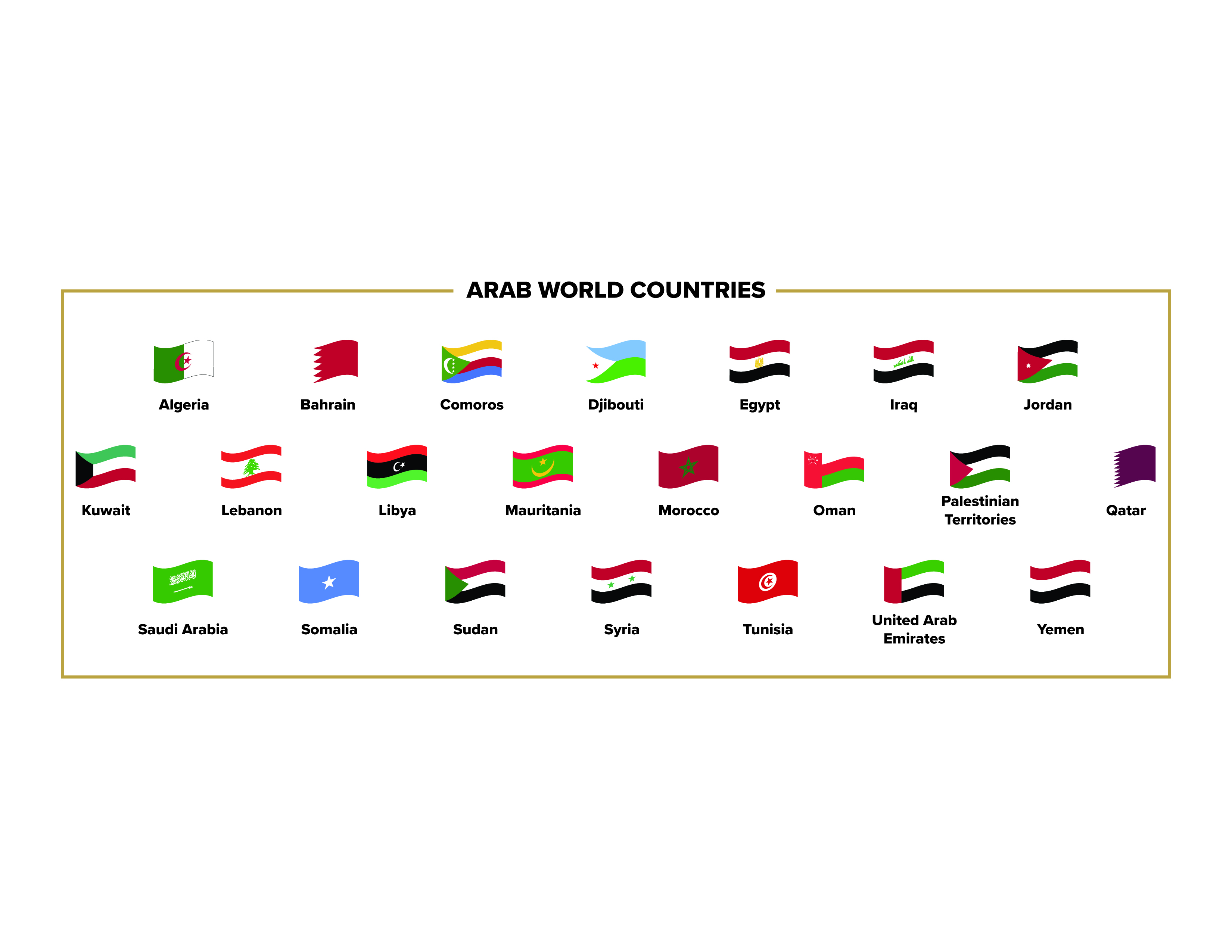
3 minute read
Westerville Recognizes Arab American Heritage Month
In April, the U.S. Department of State recognizes National Arab American Heritage Month, honoring the contributions of this diverse community to America. The United States is home to more than 3.7 million Arab Americans, representing 22 different countries who have come from throughout the Arab world. In 2022, President Joe Biden became the first sitting president in U.S. history to officially recognize April as National Arab American Heritage Month.
The term “Arab” itself is both cultural and linguistic. It references people who may speak Arabic as a first language. “Arab” is not a race of people; individuals who are Arab share a history, culture and, in some cases, religion. Many Arab-identifying people practice the Muslim religion, but there are also Jewish Arabs and Christian Arabs across the United States and around the world.
According to the Arab American Institute, the population of those who identify as Arabic-speaking in the U.S. grew more than 42% between 2000 and 2017. The number of Ohioans who claim Arab ancestry has more than doubled since the Census first measured ethnic origins in 1980. Ohio’s Arab American population is ranked eighth in the nation, with the statewide population of Arab Americans at approximately 115,190 people.The largest population of Arab Americans comes from Iraq, Jordan, Egypt and Lebanon.
Arab Americans aren’t “new immigrants” to the United States. In fact, the first Arab American immigrants arrived in the late 19th century to seek economic opportunity, freedom equality and to escape the oppressive Ottoman rule. A second wave of immigrants came to America in the 1950s and 1960s, fleeing the 1948 Palestine-Israel War and revolutions throughout the Arab world. Immigration to the U.S. continues today for those seeking asylum from war, violence, poverty and human rights violations.
Despite such adversity, Arab Americans continue to make culturally significant contributions to all facets of American society. Hassan Kamel AlSabbah, who immigrated to the U.S. in 1921, is credited with pioneering technology that led to the development of the LCD screens we know today. In 1966, Michael Debakey, of Lebanese descent, was the first doctor to use an artificial heart in a surgical procedure. Nujoud Merancy is the current Chief of the Exploration Mission Planning Office for NASA, where she manages the creation of the Artemis mission, which plans to land the first woman on the moon. These innovators are just a small sample of the many Arab Americans working to make a difference.
The story of Arab Americans is the story of America. This diverse community with rich cultural heritage and history illustrates how the immigrant experience has shaped not only our country, but the fabric of our society and how the heritage and history of Arab Americans have contributed to the building of a better nation.









